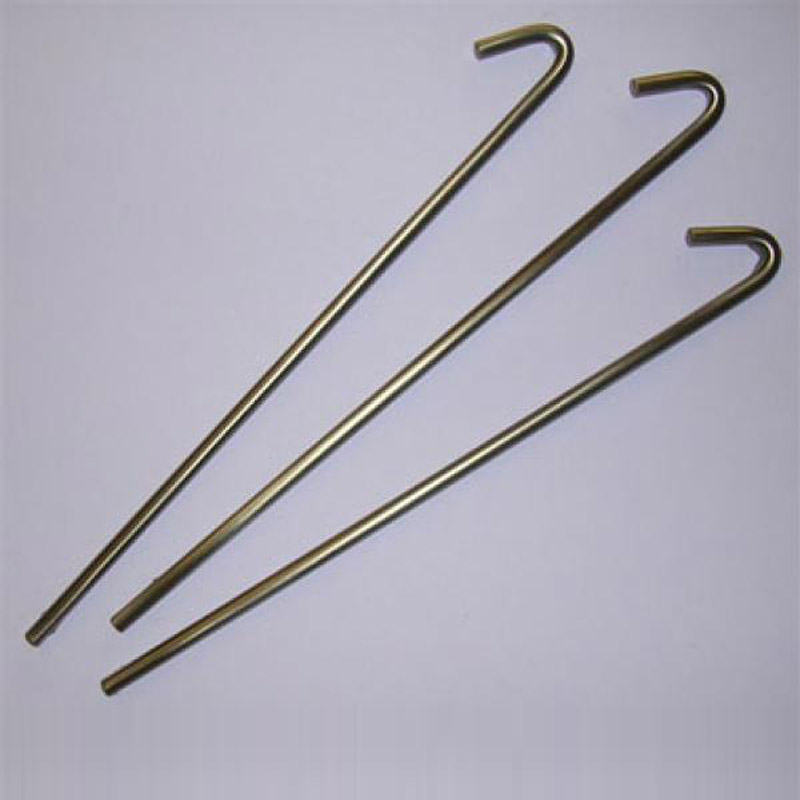
- Mobile Phone
- +8613931874955
- sales@cntcmetal.com
Exploring the Benefits and Applications of Triangle Wall Ties in Construction Projects
Triangle Wall Ties Enhancing Structural Integrity in Construction
In modern construction, ensuring the stability and integrity of buildings is paramount. One of the lesser-known but crucial components that contribute to this goal is the triangular wall tie. These small yet significant devices play a vital role in connecting and supporting masonry walls, enhancing the overall structural performance of a building.
What are Triangle Wall Ties?
Triangle wall ties are typically fabricated from high-quality steel and are designed in a triangular shape for optimal strength and stability. Their unique geometry allows for better load distribution and resistance to lateral forces, which are essential in maintaining the integrity of walls, especially in multi-story buildings. They are installed across the cavity between two walls, securing them together and preventing any potential movement that could lead to structural failure.
Importance of Wall Ties in Construction
1. Structural Stability One of the primary functions of wall ties is to provide structural stability. They help prevent the walls from leaning or bowing under pressure, particularly during extreme weather conditions like heavy winds or earthquakes. By effectively tying together the inner and outer leaf of a cavity wall, these ties ensure that the strength of the wall is maximized.
2. Moisture Control Triangle wall ties also play a crucial role in managing moisture in wall systems. By ensuring a secure bond between cavity walls, they contribute to the overall moisture control strategy of a building. This is vital in preventing water ingress, which can lead to dampness and structural damage over time.
3. Load Distribution The triangular shape of these ties is significant for load distribution. The design facilitates even load transfer, which is particularly important in buildings that experience varying loads due to occupancy changes, environmental conditions, or structural modifications. This helps in avoiding concentrated stress points that could lead to cracks or structural failure.
triangle wall ties

4. Ease of Installation Another compelling reason to utilize triangle wall ties in construction is their ease of installation. These ties can be integrated into the wall structure without significant alteration to the building process. They are often installed in intervals along the wall, which can be determined based on the building’s design and specific requirements.
Compliance with Building Standards
When incorporating triangle wall ties into a construction project, it's essential to consider local building codes and standards. Compliance ensures that the ties used will withstand the expected loads and environmental conditions specific to the area. Engineers and architects typically determine the appropriate specifications for wall ties based on various factors, including wall height, expected loads, and the type of materials used in construction.
Future Trends in Wall Tie Technology
As innovations in construction technology continue to evolve, so does the design and functionality of wall ties. Research is underway into alternative materials that offer enhanced corrosion resistance and sustainability. For example, polymer-based ties are being explored as lighter, more resistant options that can outlast traditional metal ties in harsh environments. Additionally, advancements in manufacturing processes may lead to more precision-engineered ties, tailored to meet specific structural demands.
Conclusion
In summary, triangle wall ties are a critical element of structural engineering in contemporary construction. Their role in providing stability, facilitating moisture control, and enhancing load distribution cannot be understated. As the industry moves towards more sustainable and innovative building practices, the importance of effective wall tie solutions will continue to grow. Investing in high-quality wall ties, understanding their proper application, and adhering to building codes will ensure the safety and longevity of commercial and residential structures alike.
share:
-
Your Source for Concrete Wall Ties and Masonry AccessoriesNewsJul.10,2025
-
Unlocking the Power of Iron Wire for Every ProjectNewsJul.10,2025
-
Explore Advanced Chain Wire and Stainless Steel Mesh FencingNewsJul.10,2025
-
Discover the Benefits of Annealed Wire ProductsNewsJul.10,2025
-
Discover China Stainless Steel Wire Mesh SolutionsNewsJul.10,2025
-
Build with Confidence Using High-Performance Masonry AccessoriesNewsJul.10,2025
-
Why Sacrificial Formwork Is Redefining Underground ConstructionNewsJun.06,2025



















